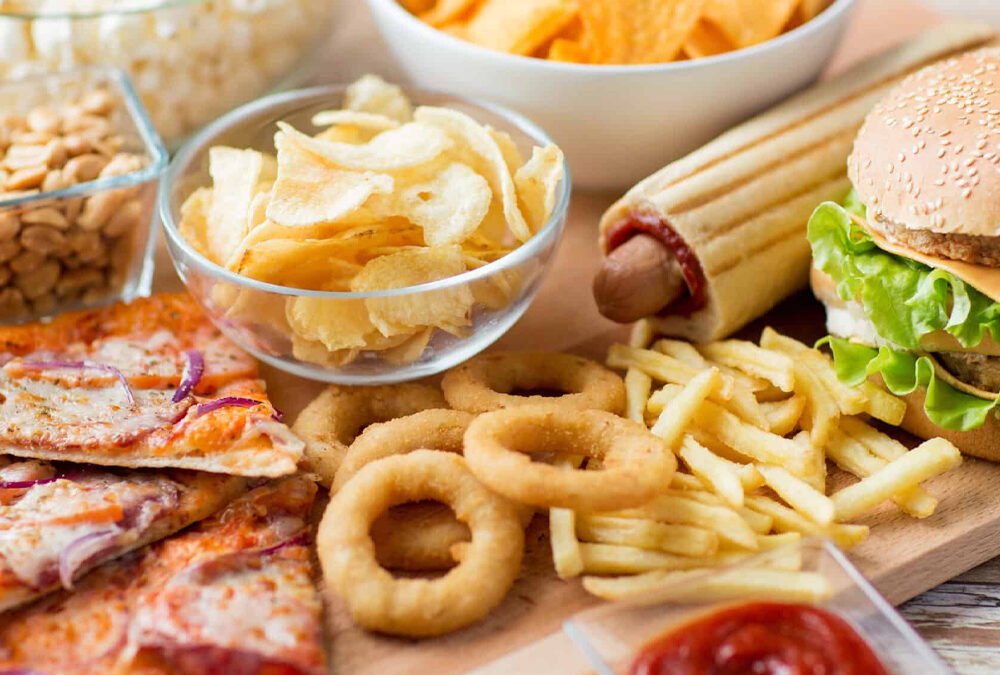Combining lipids, lean proteins, and relatively slow-carbohydrate foods can be crucial for weight loss, which in turn reduces the chance of developing GERD in the first place. Beginners who want to lose weight more quickly and effectively can have a protein drink for breakfast. GERD risk can be decreased by consuming fewer foods with a higher sugar content. Additionally, studies found that simple carbohydrates may be a greater cause of GERD than dietary lipids. Consuming digestive enzymes can facilitate the breakdown and easier digestion of proteins and fats in the stomach. As a result, symptoms like gas and bloating are less common.
Acidity and Alkalinity
Zero is regarded as acidic on a pH scale, whereas 14 is regarded as completely alkaline. A pH of 7 is regarded as neutral. Our bodies have different pH values. Our blood’s pH is regarded as slightly alkaline, ranging from 7.35 to 7.45. You may effectively maintain your blood pH levels by following an alkaline diet.
Eat Green
Consume a lot of alkaline foods, such as fruits, vegetables, beans, nuts, and roots. Choose these items instead of grains and meats. Choose dark or green veggies such as spinach, kale, avocados, beets, etc.
Lower Acidic Foods
While avoiding meats, refined sugars, dairy, and grains entirely is not required, it is recommended to reduce your consumption in order to lessen your body’s acidity.
Avoid Alcohol Consumption
Alcoholic beverages are notoriously acidic and heavy in sugar. Their intake should be significantly reduced, but they shouldn’t be completely eliminated.
Drink Alkaline Water
Water is really important to our health. To maintain a healthy lifestyle, eight to ten glasses of alkaline water must be consumed each day. To properly balance the body’s acid-alkaline ratios, use alkaline water (pH 9) rather than tap water (pH 6.5 to 7). Because of its small molecules, it may effectively penetrate your body and keep you hydrated for an extended period of time.
Opt for Natural Energy-Boosting Beverages
Refuse sugary and caffeine-filled beverages. Choose natural alkaline beverages, which have been shown to improve metabolism, balance the body’s acidity, and cleanse the digestive tract.
Exercise Properly
To effectively combat acidity, engage in 30 minutes of activity each day. Sweat helps the blood alkalize and oxygenate while offering an alternative channel for the acidity to exit.
Avoid Stress
Stress is known for generating high acid levels in the body, so try avoiding it by practicing deep breathing, yoga, or long walks, etc.
Food Allergies, Sensitivities and Intolerance
A thorough understanding of the distinction between food allergies and intolerances is necessary. Compared to intolerance, actual food allergies are quite uncommon. About 4% of adults and 8% of children are impacted. The immune system’s rapid response to proteins in specific foods, such milk and nuts, can be readily confirmed by a laboratory test. Food intolerance, on the other hand, is a widespread and delayed reaction to certain natural or manufactured substances in different foods. This is checked by eliminating foods from a diet one at a time because there isn’t a specific lab-based test for it. In order for the acid reflux diet plan to be effective, you must be aware of your food preferences and reactions. You should also keep track of how your body responds to the meals you are eating. Food intolerance can be divided into five broad groups.
symptoms, and every family member could have any of them. They include:
- Asthma, running nose, nose and ear infections
- Mouth ulcers, stomach aches, constipation, urinary urgency, diarrhea, etc.
- Eczema, skin rashes, hives, etc.
- Headaches or migraines
- Depression, anxiety, restlessness, etc.

